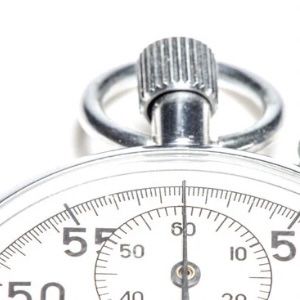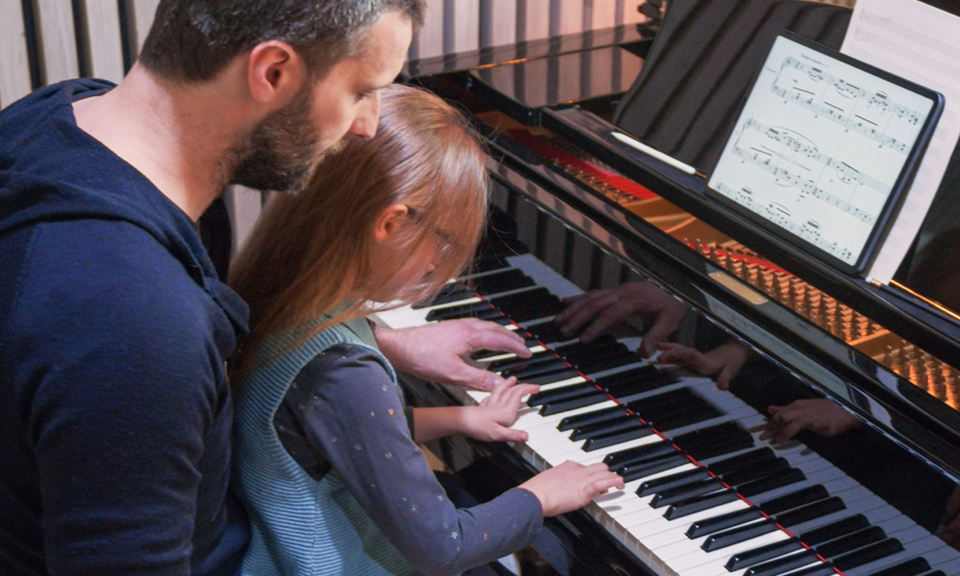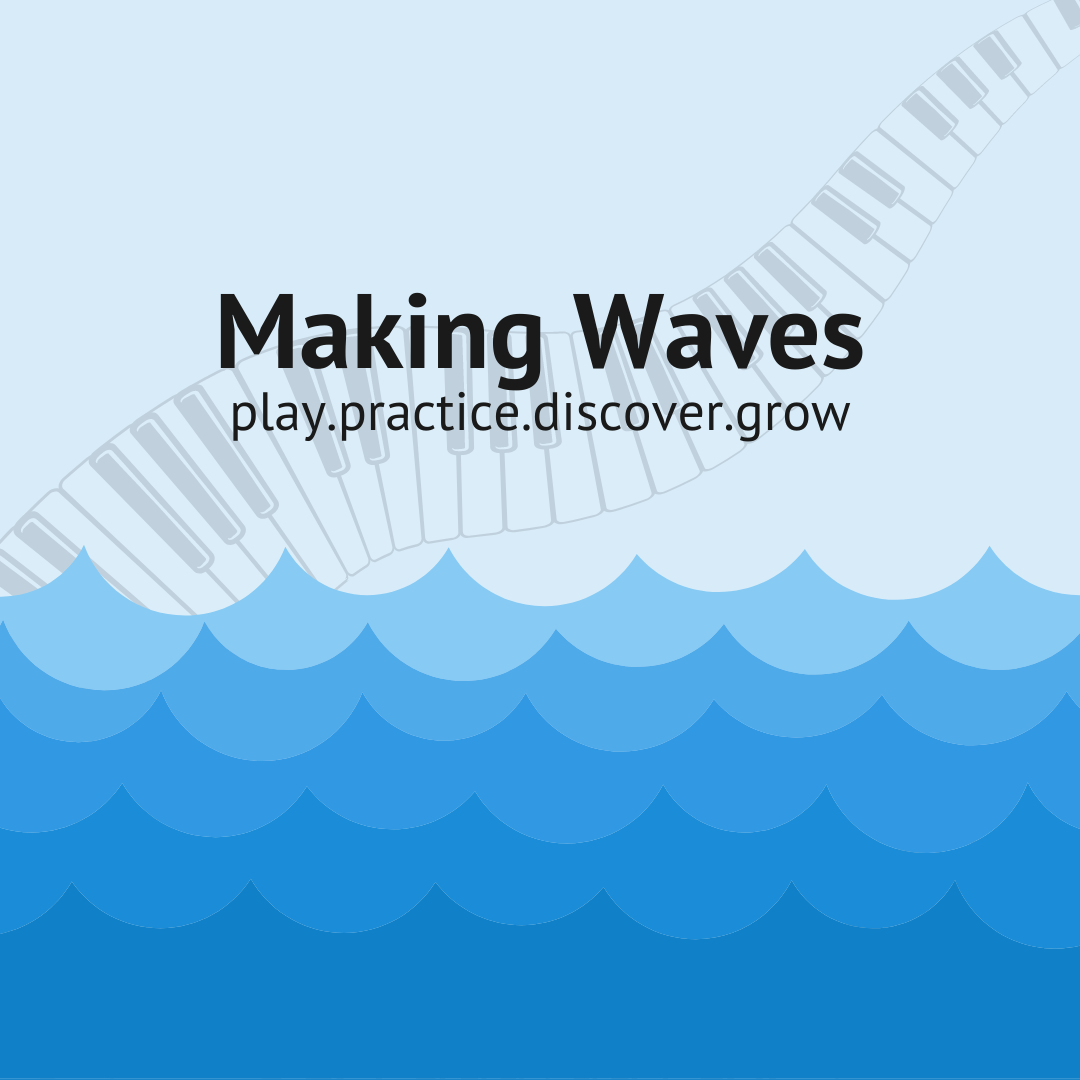Your child has started piano lessons and has been given music and warm-ups to practice at home. Perhaps you know nothing about music or it's been years since you played an instrument. Now what?

How long should children practice piano?
Here are some baseline suggestions for practicing. Children from ages 5-8 can shoot for 10-15 minutes. Children from 9-11 should aim for 15-20 and ages 12 and up should shoot for 20-30. Practice a minimum of 3-5 days a week. If a child is hitting these benchmarks notice their efforts. They may go through seasons when surpassing these baselines is fun and easy. Other times it will be more difficult. These seasons are normal for all musicians so don’t worry. Some students have goals that will require longer practice lengths but these are a good starting point. As the music increases in length and difficulty, they'll have the practice habits to succeed.

I don't want to practice!
Me neither! At least sometimes that’s what I am thinking. Even now, that is a hurdle that good habits developed when young can help overcome. It’s OK to not want to practice sometimes. Grown-ups feel this too. It’s normal. Let children feel those feelings but also expect them to still practice. Sitting with them, listening to their play or even being nearby in a comfy chair with a cup of coffee shows you are supportive. You don't have to be musical to help. They can even teach you their song. Usually, after a few minutes they will be fine and after they finish you can celebrate!

Goals are better than minutes.
Always focus on goals. Goals are the priority over minutes every time. Read the goal sheet sent home and any writing that may be on the music. (Remind older students to do this.) In your conversations emphasize goals over minutes. Set a goal (e.g. play the song remembering all of the Bb’s). Then play the song and work on it. Perhaps the goal is to make a noticeable difference between loud and soft sections. Practice until your child and their audience supporters at home can hear the difference. Some goals take all week or longer to reach so praise improvement rather than perfection. Keep a pencil nearby to add reminders in your music that will help you meet your goals. By meeting goals, progress occurs no matter how many minutes are logged.
Examples of Piano Practice Goals
- Fix the notes and rhythms in a musical section.
- Gradually work to playing at faster tempo but never go faster than what sounds good. Play a little faster each day as able.
- Play a musical passage with the same fingering at least 3 times each day to build consistency.
- Play slower so the music flows more like a performance with fewer stops and starts.
- Work on a hand or arm gesture to get a specific sound such as short staccato notes or a fast glistening scale passage.
Practice benefits last far beyond piano lessons.
Regular practice sets apart students who play piano at a high level from those who pick up a few basics. It's the same concept that keeps professional musicians, athletes and employees growing and maintaining skills necessary to advance. Even if your child pursues music as a hobby, practice will build skills and discipline needed to pursue goals and careers later in life.




